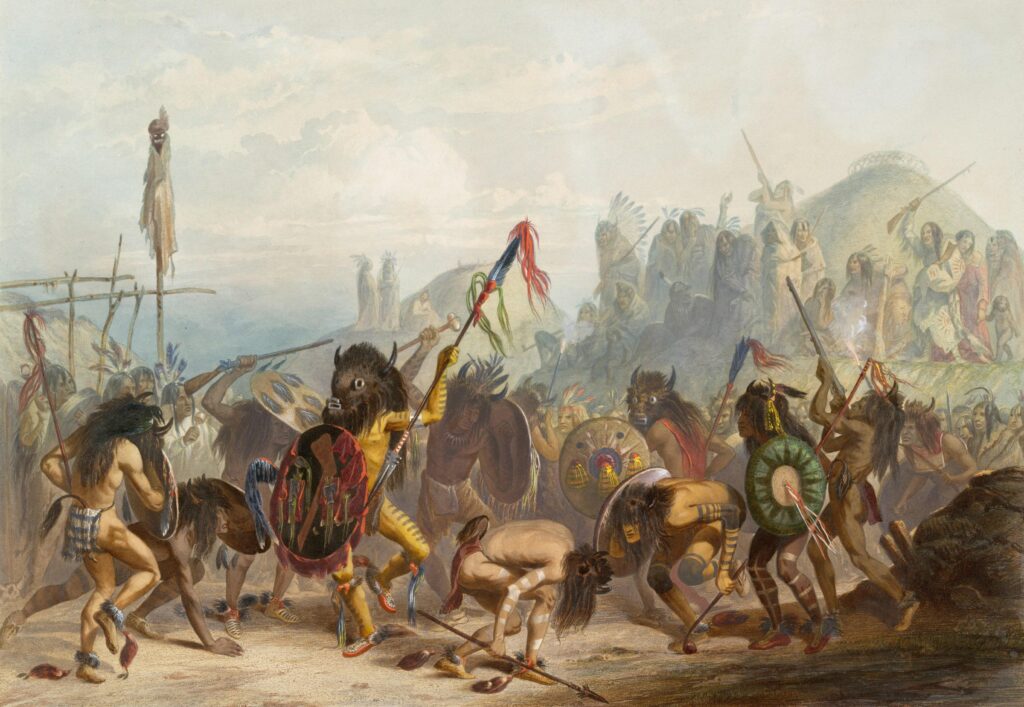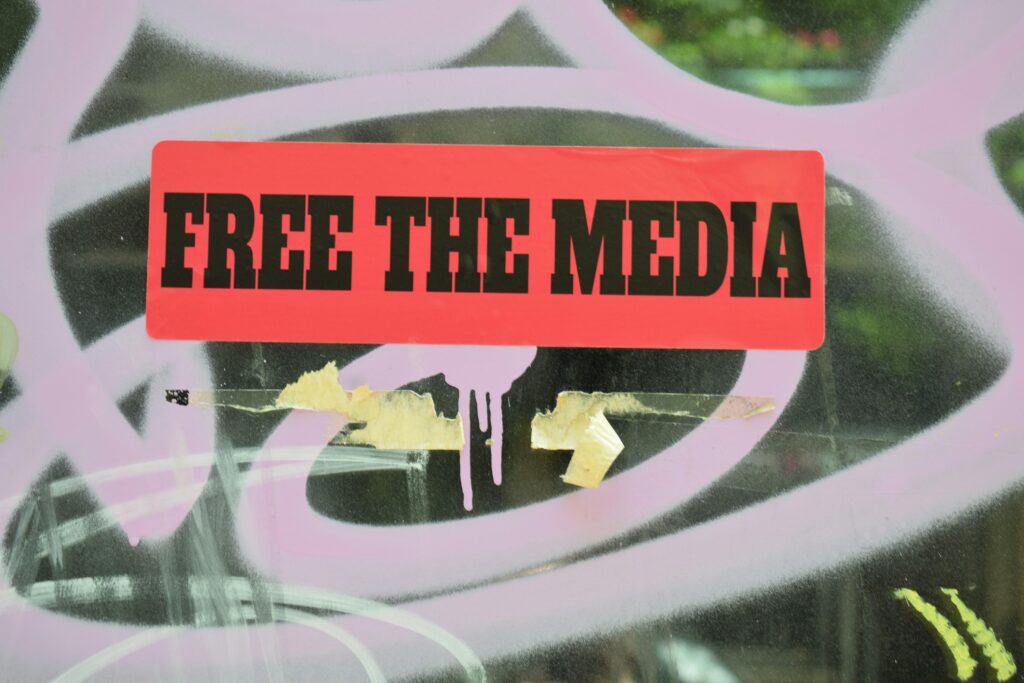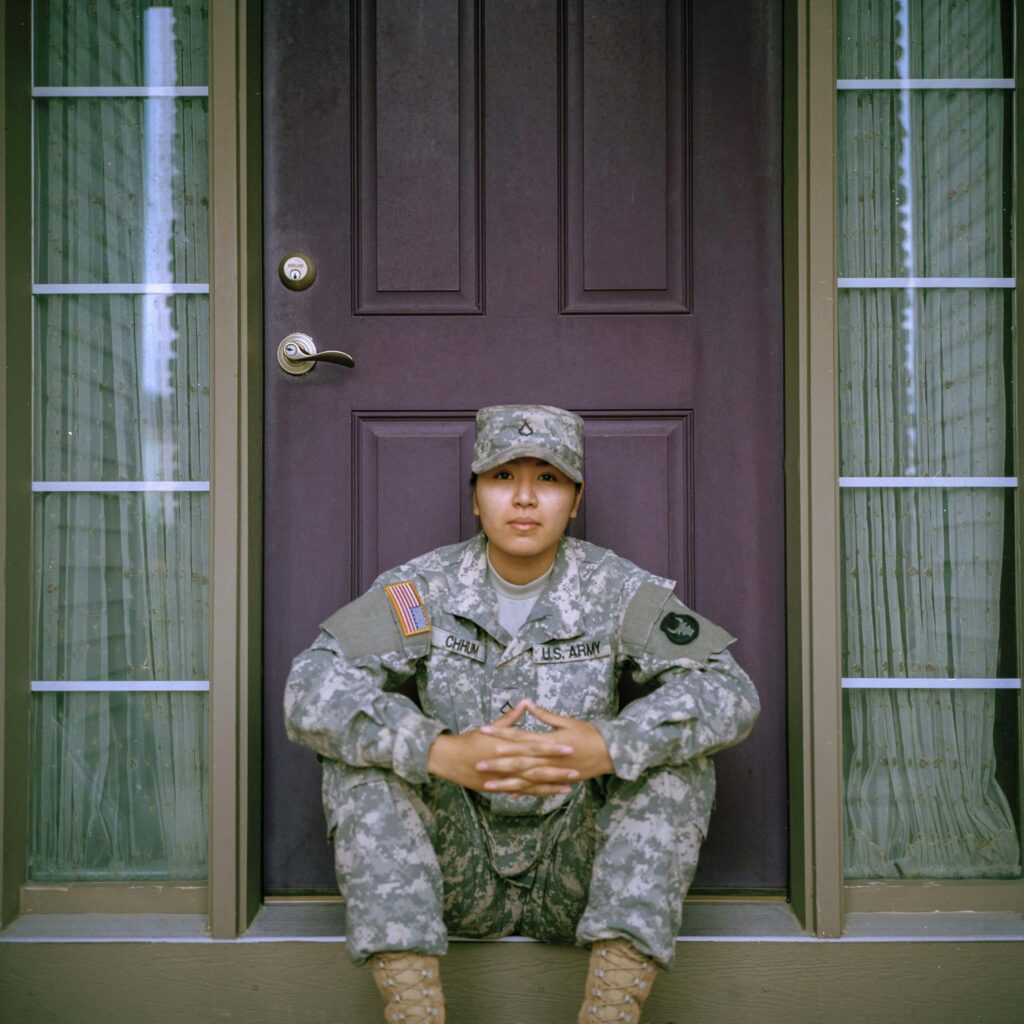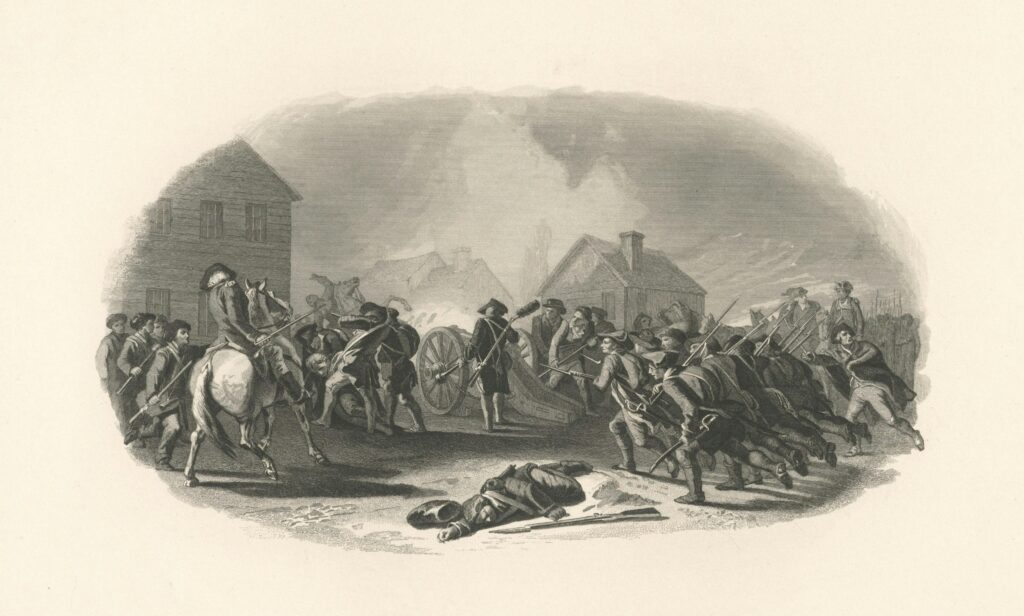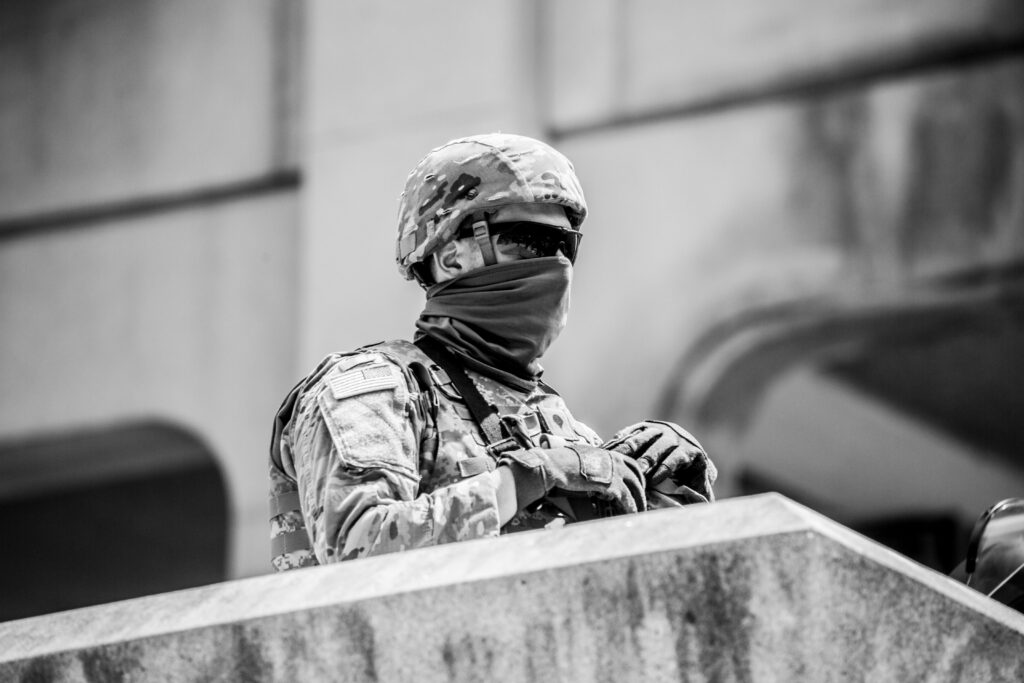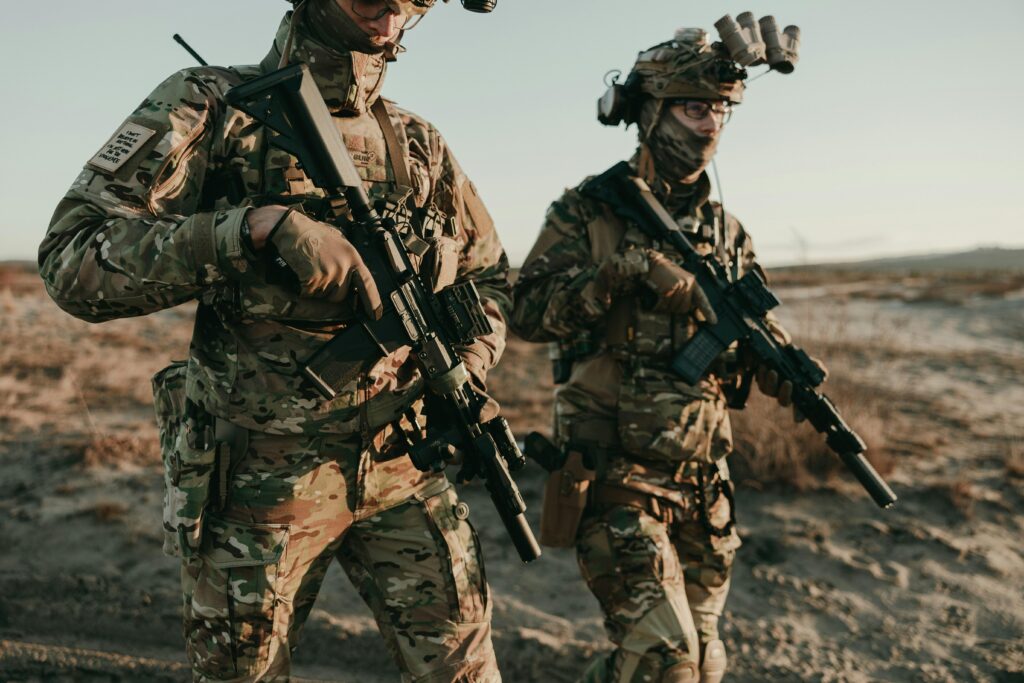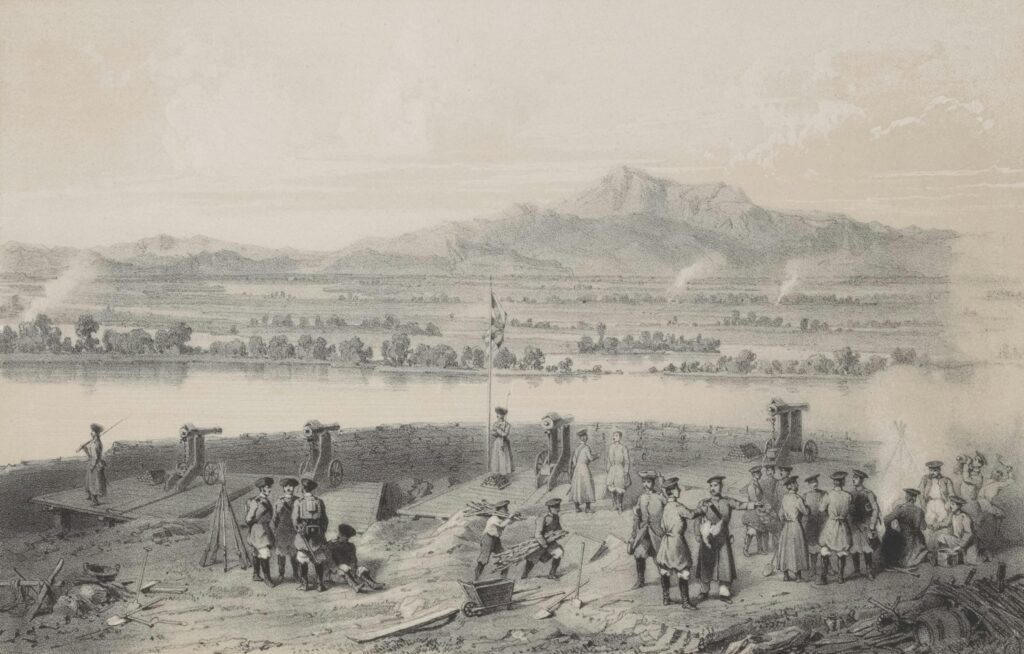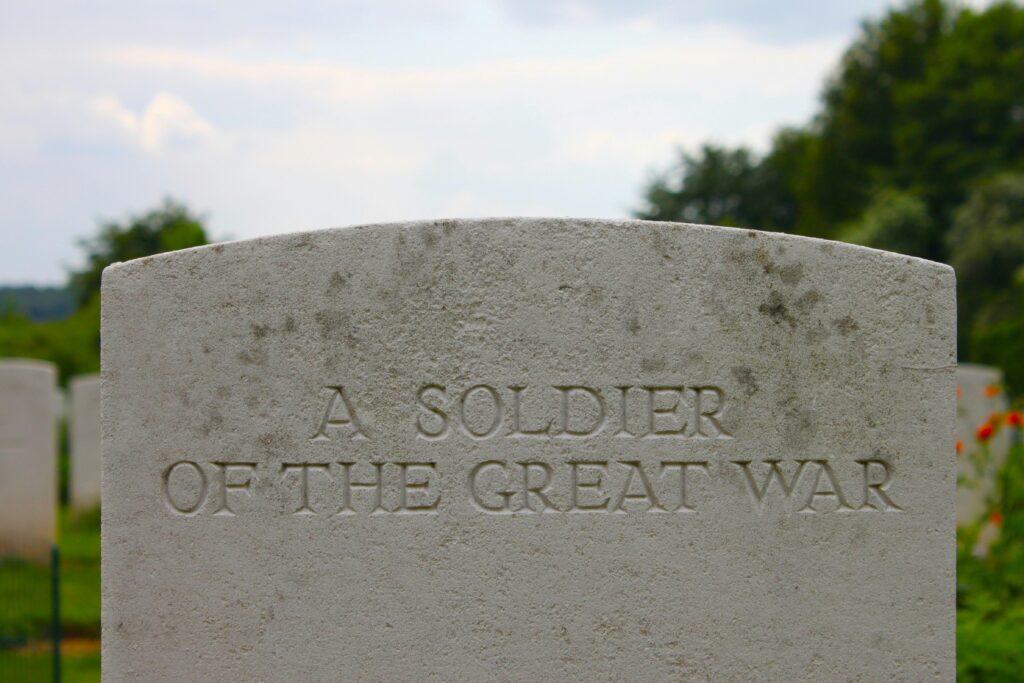Hey there! Ever stopped to think about how the movies we watch, the news we read, or even the video games we play shape the way we see war? It’s pretty fascinating—and a bit complex! Media has this amazing power to influence our feelings and opinions about some of the toughest topics out there, including conflict and peace. In this post, we’re going to take a friendly, down-to-earth look at how different forms of media can shape our views on war—sometimes in surprising ways. So grab a comfy seat, and let’s explore this together!
Table of Contents
- Understanding the Power of Storytelling in War Coverage
- How Emotional Narratives Influence Our Perceptions
- Spotting Bias and Finding Balanced Perspectives
- Tips for Staying Informed Without Getting Overwhelmed
- In Summary
Understanding the Power of Storytelling in War Coverage
When we think about war coverage, it’s easy to picture cold facts and hard reports. However, what truly resonates with the audience is the way stories are told. Storytelling transforms abstract numbers and distant events into human experiences that readers can connect with emotionally. Through personal anecdotes, vivid imagery, and compelling narratives, media brings a sense of immediacy and empathy to war zones thousands of miles away. This creative approach helps people understand not just what is happening, but why it matters on a deeply personal level.
This power of narrative often shapes public perception in subtle yet profound ways. Consider how these elements impact our views:
- Heroes and Villains: Framing people as heroes or villains can simplify complex conflicts into relatable stories.
- Human Impact: Highlighting individual stories makes the consequences of war tangible and emotional.
- Context and Background: Offering historical or cultural insights enriches understanding and prevents oversimplification.
By weaving these components together, media storytelling doesn’t just report war—it shapes how we feel about it and what we choose to believe. It invites us to see beyond the headlines and engage with the faces and stories behind them.
How Emotional Narratives Influence Our Perceptions
When stories are charged with emotion, they have a powerful way of shaping our thoughts and feelings about conflict. Media outlets often use personal anecdotes, vivid imagery, and heartfelt interviews to craft narratives that resonate deeply. This connection isn’t just about facts; it’s about evoking empathy, fear, hope, or anger, which steers our understanding and sometimes even our opinions. Emotional narratives make abstract events feel intensely real, turning statistics into human experiences and distant wars into something that feels immediate and personal.
These storytelling techniques often rely on several key elements to influence perceptions effectively:
- Relatable characters: Individuals we can connect with, humanizing the broader conflict.
- Evocative language: Descriptions that stir feelings, whether it’s fear, sorrow, or pride.
- Visual impact: Striking images or videos that leave a lasting impression.
- Repetition: Consistent themes or messages that eventually shape our beliefs.
By tapping into our emotions, media doesn’t just inform—it influences, guiding how we interpret complex situations like war. Understanding this dynamic helps us become more critical consumers of information, appreciating the story behind the story.
Spotting Bias and Finding Balanced Perspectives
When reading or watching news about conflicts, it’s important to be a little detective. Look out for language that seems overly dramatic or one-sided. For example, if a story only uses positive words for one side and negative ones for the other, it might be showing bias. It’s also helpful to notice which voices are missing—are all affected groups represented, or just a select few? Being aware of these subtle cues can help you see the bigger picture, beyond the initial story.
To truly understand a complex issue like war, building a well-rounded view involves seeking out multiple sources. Try mixing it up with international news outlets, independent journalists, and even conflicting opinions. Keep an eye on the facts presented and ask yourself if different reports highlight the same events or show contrasting perspectives. Here are some quick tips to get started:
- Compare headlines: Are stories framed differently across outlets?
- Check the sources: Who is providing the information?
- Look for data: Are claims backed by evidence or just opinion?
This balanced approach empowers you to form your own opinion, rather than just accepting the version served by any one source.
Tips for Staying Informed Without Getting Overwhelmed
Keeping up with the news can feel like a full-time job, especially when the topic is as complex and emotional as war. To maintain your peace of mind, try setting specific times during the day to check the news instead of browsing nonstop. This habit helps create a healthy buffer between your information intake and your daily life. Additionally, diversify your sources to balance perspectives—mixing mainstream media with expert analysis, alternative viewpoints, and on-the-ground reports can provide a clearer, more nuanced picture.
Here are a few friendly reminders to keep your newsfeed a helpful, not harmful, resource:
- Use trusted and reliable news outlets known for fact-checking.
- Mute or limit exposure to overly sensational headlines that aim to provoke emotional reaction rather than inform.
- Engage with thoughtful commentary or in-depth features rather than only quick snippets.
- Allow yourself mental breaks—sometimes stepping away from the news is the best way to process it.
In Summary
Thanks for sticking with me through this friendly dive into how media shapes our views on war! It’s clear that the stories we see and hear don’t just inform us—they influence us, often in subtle ways. By being aware of these influences, we can start to engage with news and stories more thoughtfully, questioning the angles and seeking out diverse perspectives. After all, understanding media’s role helps us become smarter consumers of information and more compassionate global citizens. So next time you catch a war-related headline or documentary, take a moment to pause and think: what’s really being shown here, and why? Until next time, stay curious and kind!


